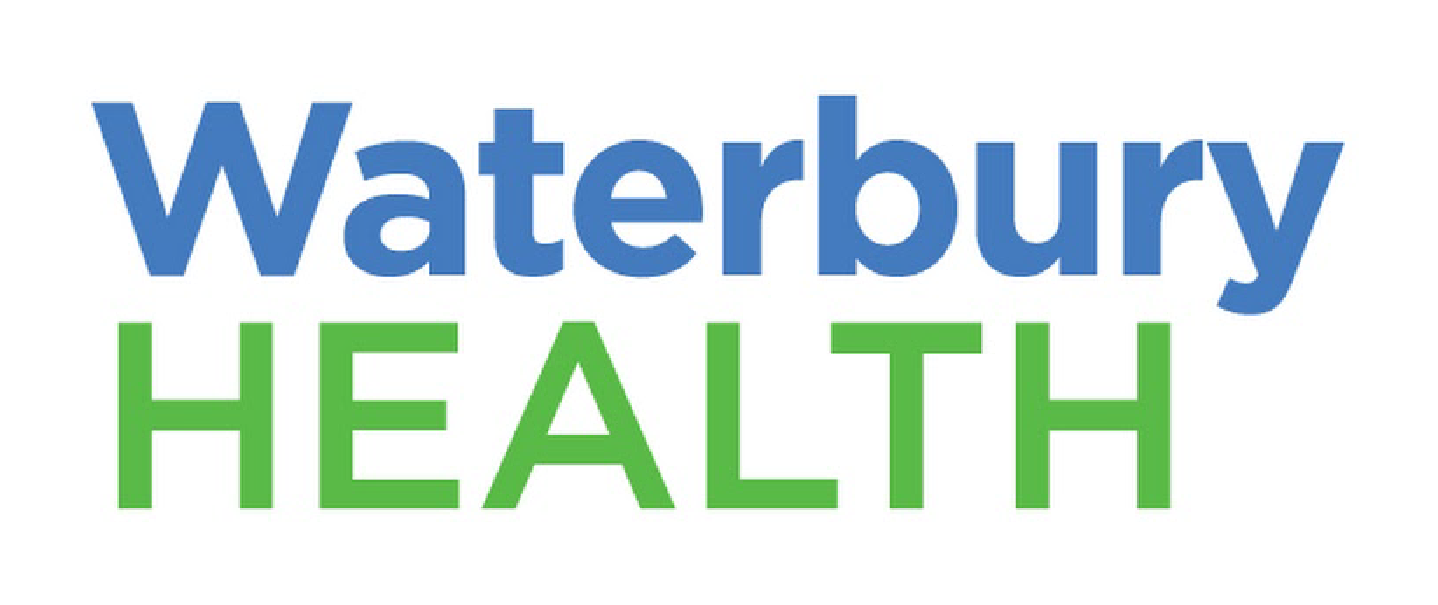Summer Sun Safety. Don’t Get Burned!
Summer is here! And that means many of us will be outdoors enjoying all the fun activities that the warm weather allows – swimming, hiking, BBQing, and so on. Spending time outside allows us to be physically active, relieve stress, and get some vitamin D.
While it is always important to be safe in the sun no matter the season, it is especially critical to protect yourself from the harmful effects of the sun’s rays in the summertime when the weather is hottest.
If you are planning to spend some time outdoors this summer, two things you need to protect yourself against are skin cancer and heatstroke. Taking some simple precautions against these potentially dangerous consequences of exposure to the sun will enable you to enjoy the traditional pleasures of summertime …safely.
Avoiding Skin Cancer
Skin cancer is the most common cancer in the United States and is directly related to exposure to the sun’s rays. Sun damage to the body is caused by invisible ultraviolet (UV) radiation.
The three major types of skin cancer are melanoma, basal cell cancer and squamous cell cancer. Basal cell and squamous cell skin cancers, while malignant, are unlikely to spread to other parts of the body if treated early. Melanoma is a more serious cancer because it can metastasize quicker and is more virulent.
If you have pale skin, blond, red or light brown hair, freckles, or light-colored eyes, you are at higher risk of developing skin cancer. People who have had an organ transplant or who are on immunosuppressant drugs also are at elevated risk of skin cancer, especially squamous cell cancer. If you have had a sunburn, particularly one with blisters, you are at greater risk for melanoma. And your overall risk is higher if you have previously had skin cancer or if you have a family history of skin cancer.
Too much time in the sun can also cause early skin aging, such as wrinkles and “leathery” skin, in people of all skin colors. Here are some ways you can reduce your risk of both skin cancer and skin aging:
- Avoid overexposure to the sun between 10 am and 4 pm when its rays are strongest. Sit in the shade under a tree or under an umbrella rather than in the full sun.
- Wear a hat with a brim to shade your face, neck, and ears as well as your head. Choose a hat made of canvas, not straw, which has holes in it that the sun can penetrate.
- Cover your exposed limbs with a long-sleeved shirt, long pants, or a full-length skirt. Darker clothes offer more protection than lighter clothing. If you can, wear clothing that is certified to offer SPF 30 or higher protection.
- Don’t forget to wear sunglasses. Too much sun can damage your eyes and increase your risk of cataracts. Glasses that block both UVA and UVB rays (two types of radiation from the sun) offer the best protection.
- Apply broad spectrum sunscreen that blocks both UVA and UVB rays and has an SPF of 15 or higher before you go outside and regularly afterward, especially after swimming.
- Avoid tanning beds and sun lamps, which significantly increase your risk of developing skin cancer.
- If you are at high risk for skin cancer, you should see a dermatologist once a year for a skin survey. The dermatologist will inspect any spots or moles you may have, looking for tell-tale signs of melanoma, including moles that change color or shape or grow in size.
Protecting Yourself from Heatstroke
Heatstroke, or hyperthermia, is another potential summertime danger linked to overexposure to the sun. Like sunburn, it is also preventable.
Children and the elderly – especially people over 70 with chronic medical conditions, such as cardiovascular disease, diabetes, or obesity – are most susceptible to hyperthermia because they are less able to regulate their body heat. Their risk is also elevated if they do not have access to air conditioning.
People who are physically disabled (young or old) are at higher risk, as are people taking diuretics and other prescription medications that may inhibit their ability to sweat or feel symptoms of heat exposure. Individuals who drink excessive amounts of alcohol or take illegal drugs like cocaine are also in greater danger of developing heatstroke.
The classic symptoms of heatstroke are fever, headache, lethargy, nausea, and dizziness. Exertional heatstroke can affect younger people who exercise or overexert themselves in extreme heat without hydrating adequately and without paying attention to the warning signals their bodies are sending them. They may experience flushing of the skin, increased heart rate and body temperature, muscle cramps, confusion, slurred speech, irritability, and agitation.
Here are some tips on what to do if you or someone you know is suffering from heatstroke:
- Drink plenty of fluids. Water or sports drinks are good but avoid alcohol or sugary drinks like sodas, which can make you even more dehydrated. Make sure others are hydrated, especially the elderly or children.
- Stay in an air-conditioned space. If you do not have AC at home, go to a mall, public library, or cooling shelter.
- Place cool towels on your head or neck. This will help reduce your body temperature without shocking your system.
- Spray lukewarm water on a person affected by heatstroke while a fan blows on them. (Do not use ice-cold immersion therapy on elderly patients because it has been shown to lead to higher mortality.)
- Be aware of the possible side effects of any prescription medications you may be taking if you are exposed to extreme heat.
Summer is a fun time! And it’s important that we are all able to enjoy being outdoors again safely – especially after the isolation many of us have felt during the COVID-19 lockdown.
Remember: sunburn and heatstroke are preventable. And prevention is the best medicine!
